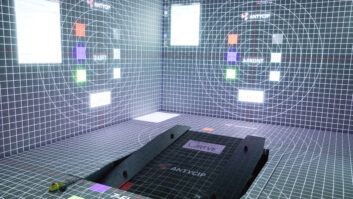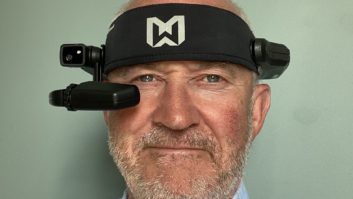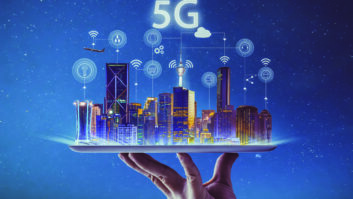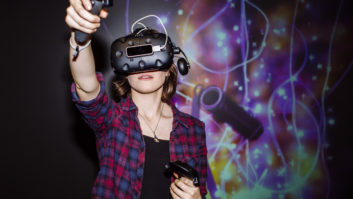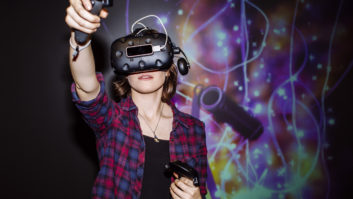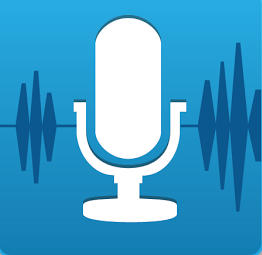
Voice-activated control was once the domain of science fiction, but Jamie Biesemans predicts that we’ll hear a lot about speech-based interface technology in 2018
Looking for an ultimate example of home automation? Look no further than the mansion of Tony Stark, as featured in the blockbusting Iron Man and Avengers Marvel movie franchises. The suave billionaire merely needs to ask his virtual butler Jarvis to activate whatever device or function Stark desires. Lights, television, heating, alien-busting exoskeleton suit? Tony just needs to utter the wish, and it happens. Although the Stark mansion is pure science fiction, Jarvis-like speech technology is very much a thing of the present.
The latest speech technology is offered through the cloud and is designed to interact with other applications. This offers opportunities for developers and installers of home automation to create projects that are easier to control and will delight. Speech recognition might even attract totally new customers, people who previously avoided home automation because of the perceived complexity of smart home controls.
Talking back
Speech recognition has been around for ages. This author remembers testing speech software from defunct speech pioneer L&H 20 years ago, and even then, it worked relatively well. Even so, in those years a lot has changed. Processing power and storage space has increased enormously and has scaled even more by moving into the cloud, while advances in neural networks, parallel processing and deep machine learning have made software smarter. The cloud has allowed companies as Amazon, Alibaba, Apple, Baidu, Google, Facebook, Microsoft, Samsung and Tencent to develop intelligent assistants which take voice input, process it and deliver a result – all in the blink of an eye. These companies have invested strongly in speech, as so-called natural interfaces (which understand existing human ways of interaction, instead of control schemes which need to be learned) are the next big thing in interfaces. But they also understand that their intelligent assistants need to interface with other applications to be successful. Smart homes are first on the list. It is no coincidence that one of the first external applications most intelligent assistants support is the Hue platform from Philips. Few things are as magical to a typical consumer as lights that can be switched on by voice.
Many bridges between smart assistants and home automation already exist. Especially Amazon’s Alexa has a head start, with ‘skills’ for major platforms as Crestron, Control4 and Z-Wave, and for specific smart home applications, for example from Honeywell, Nest or Sonos. At this point you can control many devices by speech: lights, HVAC appliances, shades, security cameras, televisions, sound systems and plenty more.
Communication breakdown
When it comes to home automation the future looks bright indeed. But there is still work to be done. Speech recognition has become very sophisticated. Alexa and Google Assistant will probably understand ‘Turn on the living room lights’, regardless if it is spoken in a Texas drawl or an Irish brogue. But even the cloud-based solutions are still very much command-based. The real breakthrough will be when Alexa and co become more intelligent, allowing for natural communication.
At this point international language support is also still an issue. While English is supported by all western players, with companies as Baidu and Tenced covering the lucrative Chinese market, there are many languages which Alexa, Siri and their pals just don’t understand yet. This is a hurdle for home automation companies that want to offer speech integration to international customers, who want to speak their own language in the comfort of their own home. This dependency on third-party companies makes integration of speech recognition more challenging.
However, the allure of speech recognition is so great companies may be willing to accept this downside. You might not get that rocket powered Iron Man suit anytime soon, but Jarvis, at least, should be ready to serve in the coming years.
